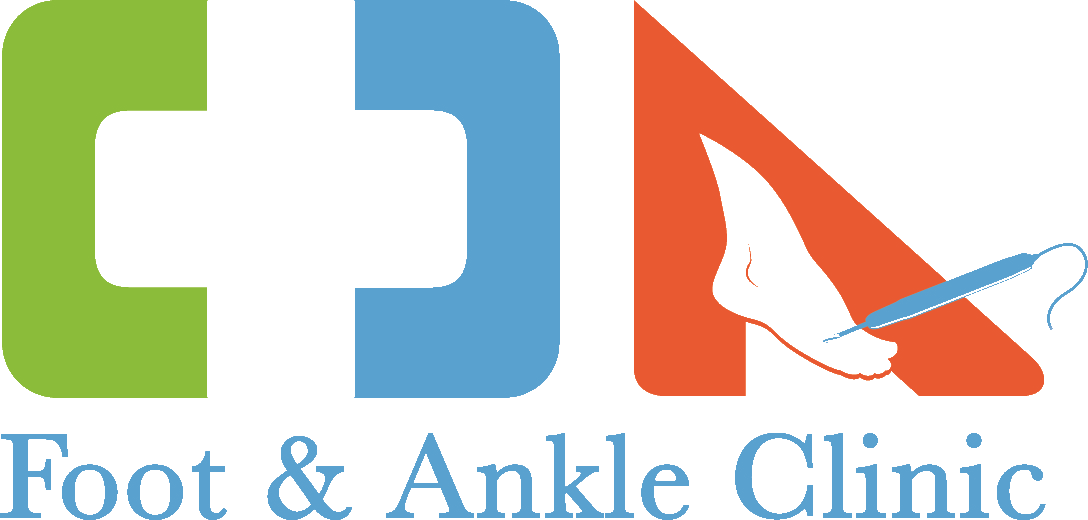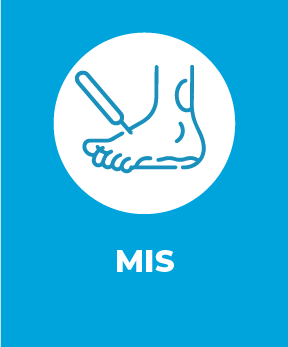A neuroma is a benign enlargement and inflammation of a nerve. A Morton’s neuroma causes pain in the ball of the foot that shoots out to the third and fourth toes. The second and third toes can also be affected. The thickening, or enlargement, of the nerve that defines a neuroma is the result of compression and irritation of the nerve. This compression creates swelling of the nerve, and eventually can lead to permanent nerve damage.

Affected individuals may have a feeling as if they are standing on a pebble in their shoe or feel like their sock is wadded up. A burning pain in the ball of your foot is also common, which may radiate into the toes along with numbness. The pain is usually aggravated by walking and relieved by rest. Swelling between the toes may be present as well as pain in the ball of the foot with weight bearing.
If conservative treatment fails or the neuroma progresses to the point where conservative treatment is no longer a viable option, surgical intervention may be needed to correct the deformity.

Dr. Nunez does a minimally invasive ambulatory surgical technique to correct neuroma. It involves making extremely small incisions on top of the affected foot. The surgical instruments are carefully maneuvered through all of the structures of the foot to release the deep transverse intermetatarsal ligament via a minimally invasive nerve decompression, which will reduce the compression of the nerve. A surgical metatarsal bone cut may also be needed if it is determined that metatarsal pressure is a contributing cause to the formation of the neuroma. A minimally invasive nerve decompression technique can reduce the length of the scar, and eliminate permanent numbness as the nerve is not removed
There is no need for a long open incision thus causing minimal injury to the adjacent tissues which results in reduced swelling, pain, and recovery time.
MIS surgeons are able to rely on a compression dressing for stabilization immediately after surgery, eliminating the need for internal fixation (pins, screws plates, etc.)
The small surgical incisions enable the surgeon to use fine specially designed instruments to obtain the best cosmetic result.
Surgery is performed under Fluoroscopic imaging and using just local anesthetic instead of general anesthesia, making foot surgery possible for some patients who were previously considered to be too at risk for traditional surgery due to age or medical history.
There is less trauma to the tissue and surgical times are lessened with this technique, reducing pain and recovery time. Less suturing is necessary and often times no sutures are used. Postoperative patients ambulate immediately and are placed temporarily in a surgical shoe or boot to aid ambulation.
The most commonly performed MIS procedure for Morton’s neuroma correction at the Coeur d’Alene Foot & Ankle Surgery Center is the Isham correction procedure (release of the deep transverse intermetatarsal ligament along with special surgical metatarsal bone cuts, to free the entrapped nerve and correct the deformed metatarsal bones). On rare occasions, if there is a growth pressing the nerve then the surgeon may need to use a larger incision to remove this growth.
Please call us at (208) 666-0605 or fill out the form below
to submit your information






